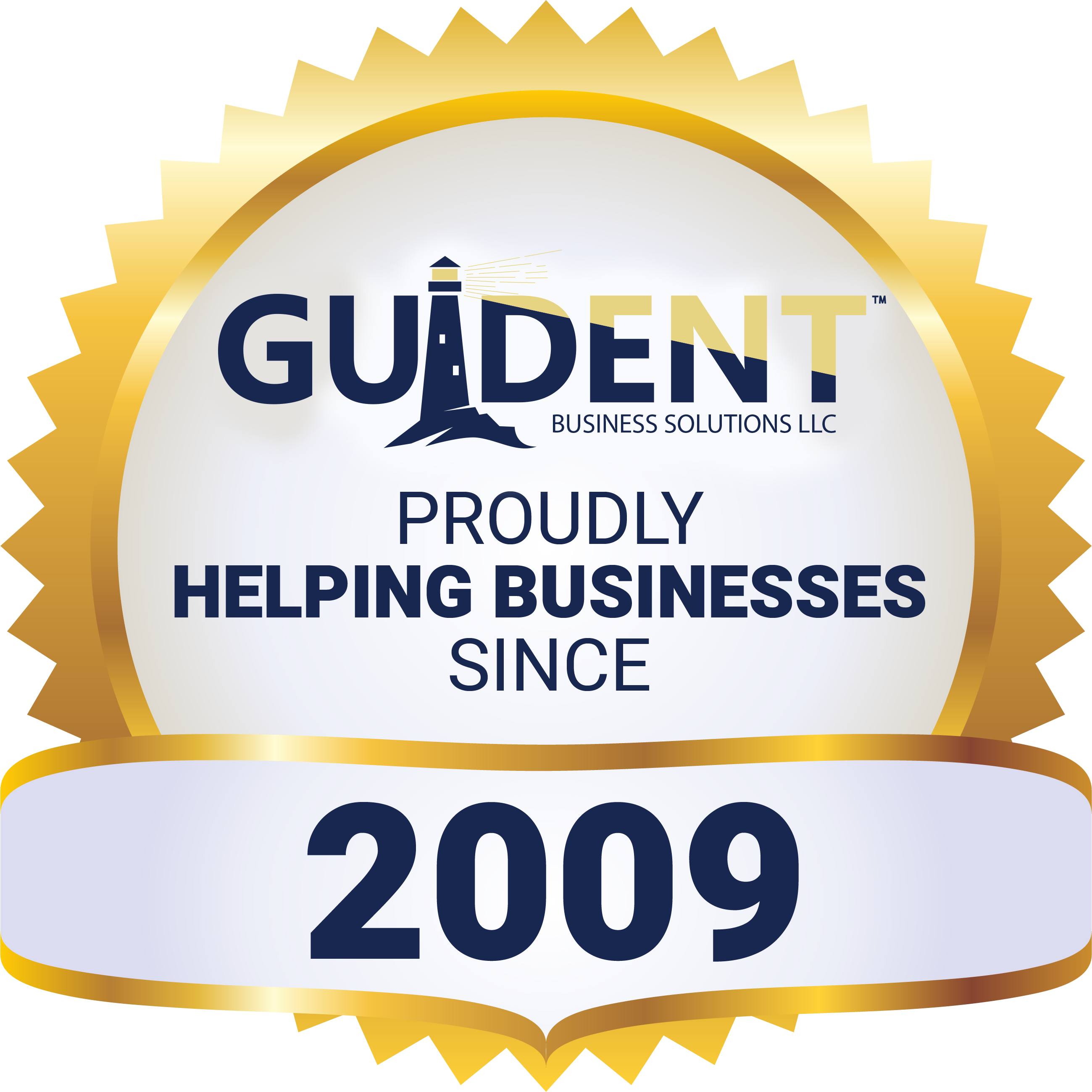Guident Newsletter – September 2018 – Issue 28
Ten Good Old Rules! In my office, I have a small piece of paper with “Ten Good Old Rules” on it. Back in 2001, I found these ten rules in the fall issue of a business magazine named, Business Edge. I have been carrying these rules around for going on sixteen years so I thought it would be a good topic for this newsletter. Here they are in the order they appeared in the 2001 issue; Control expenses Emphasize cash flow over growth Conserve cash reserves Eliminate or reduce unprofitable product or service lines Maximize efficiencies in the usage of energy, materials, and labor Reduce inventories Reduce or eliminate the number of free services Take advantage of lower prices for essential goods and services Watch for opportunities to acquire a competitors’ business if offered at a bargain rate Don’t get emotional; it’s just business Let’s break them down by the numbers. #1 Control expenses by creating an annual operating budget and analyzing each month using the actual versus budget function from your accounting software you will be able to see what expenses are on target and which ones need attention. #2 Emphasize cash flow overgrowth; often I see businesses with […]

